Pound plunges after Bank of England's dovish rates signal
Central bank revises its growth forecast for UK economy
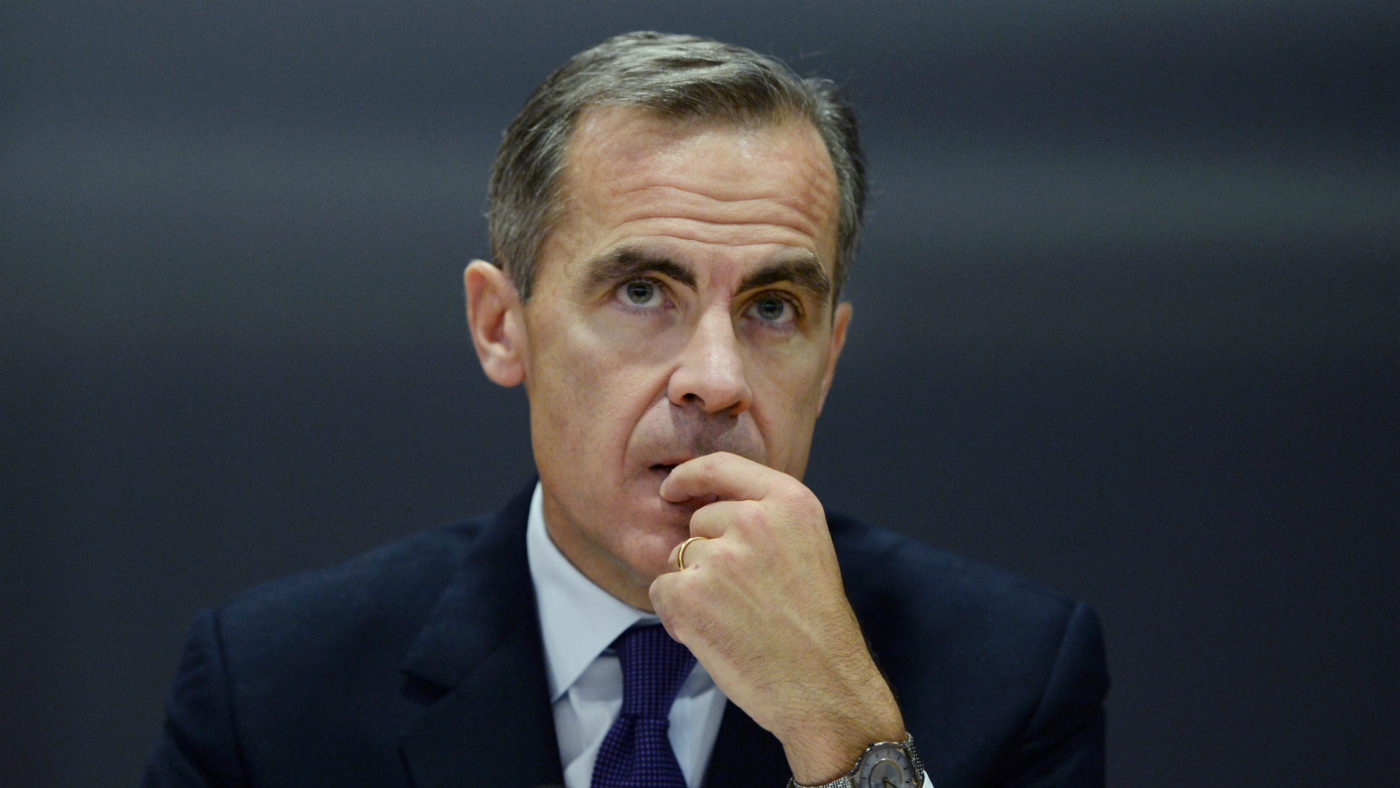
Interest rates likely to rise faster than expected
13 May
On almost every measure, the Bank of England believes the economy will perform slightly worse in the coming years than it had previously anticipated, but that shouldn't stop interest rates rising faster than markets expect.
The Bank's latest inflation report, published yesterday, says it expects GDP to expand by two per cent this year, down from previous forecast of a 2.2 per cent advance. It also downgraded growth projections in 2017 and 2018 to 2.3 per cent, down from 2.4 per cent and 2.5 per cent respectively.
The Week
Escape your echo chamber. Get the facts behind the news, plus analysis from multiple perspectives.

Sign up for The Week's Free Newsletters
From our morning news briefing to a weekly Good News Newsletter, get the best of The Week delivered directly to your inbox.
From our morning news briefing to a weekly Good News Newsletter, get the best of The Week delivered directly to your inbox.
Blaming falling domestic demand in the face of global economic headwinds, it added that unemployment would remain at a historically low 5.1 per cent this year rather than fall to 4.9 per cent – and that it would be 4.9 per cent in 2018 rather than 4.7 per cent.
Saving rates will rise, affecting consumer spending, household incomes will be lower than expected and already sluggish productivity growth will be even more lacklustre.
Nevertheless, The Wall Street Journal reports, the bank's rate-setters see inflation exceeding its two per cent target in the next two years "if it were to set policy in line with market expectations". Markets are currently not pricing in any upwards movement until 2019.
In short, it is still believed that despite the gloomier economic backdrop, the UK will continue to grow, inflation will keep edging higher and that therefore ultra-conservative market expectations are considerably more dovish than they should be.
A free daily email with the biggest news stories of the day – and the best features from TheWeek.com
Dominic Bryant, the UK economist at BNP Paribas, told The Times the bank's report was "if anything marginally more hawkish" than expected.
Berenberg Bank's Kallum Pickering and Philip Shaw at Investec both added the first increase could even come as soon as November if voters opt for the UK to remain in the EU, which would boost confidence.
This, however, highlights the main and over-riding caveat to all of the assumptions in the report: the risk of Brexit.
Governor Mark Carney identified the upcoming referendum as the elephant in the economic room and ramped up his warnings on the implications of a vote to leave, which he said could include a "technical recession", meaning at least two quarters of negative growth.
In terms of monetary policy, he hinted that an initial slump in demand in the event of an Out vote might force the bank to cut interest rates, before potentially swinging the other way and ramping up borrowing costs faster than planned to combat a surge in inflation caused by a plunge in the value of the pound.
Interest rates: Fed split but unlikely to raise rates in April
07 April
By the end of trading in New York on Wednesday, the dollar had fallen further against its key currency benchmarks and Wall Street equity gauges had registered steady rises after the latest apparently dovish message from the Federal Reserve on interest rates.
Yesterday saw the publication of the minutes from last month's meeting of US rate-setters. The original Fed post-meeting statement signalled that officials were in no rush to increase rates again after a modest hike in December – a view reiterated in the minutes, making investors more convinced an April rise is off the cards.
In between, the message had become diluted as several of the central bank's regional presidents, including San Francisco's John Williams, James Bullard of Saint Louis and Philadelphia's Patrick Harker, all made hawkish comments, referring to steady jobs growth and recent inflation rises.
Just this week, Esther George, the president of the Kansas City Fed, told the New York Times the global worries that are holding the central bank's hand have not undermined its core economic forecast and "so should have derailed its plans".
George was the only voting member to dissent in March, in a 9-1 vote to hold rates at 0.25 to 0.5 per cent.
But chairwoman Janet Yellen has been consistent of late in saying rate rises should proceed only cautiously. The minutes reflected that this is a widely-held view, with many of the panel specifically referencing April's meeting and saying a rise then would "signal a sense of urgency they did not think appropriate".
While the dollar initially rose after the publication, as officials failed to take an April hike off the table completely, eventually investors settled on the view that rates are now unlikely to move anytime soon. Markets are placing around a 17 per cent chance on a hike next month and ultimately forecast there will no further action until December.
There are still splits on the panel, though. "The minutes indicated some officials said they might want to raise rates as soon as April," notes the Wall Street Journal, if economic data continued to show modest expansion, strong jobs growth and, especially, inflation rising.
The Fed's preferred measure puts inflation at 1.7 per cent currently, against a target of two per cent.
Interest rates: Fed is 'openly split' on when to hike rates again
30 March
Federal Reserve rate-setters are "openly split" on the path of monetary policy, says the Daily Telegraph.
After a week during which several regional Fed chairmen hinted that another hike could be just around the corner, Janet Yellen, the chairwoman of the Federal Reserve, sounded a markedly dovish note yesterday.
The Fed would have to "proceed cautiously" with rates rises, she said, and "only gradual rises" would be warranted in the foreseeable future, reports The Guardian. Yellen also argued that the risk regarding policy decisions is currently asymmetric, with there being more room to raise rates if needed than to cut them.
Investors have taken her comments as a positive sign for risk assets, sending global stocks and dollar-denominated commodities soaring, while the dollar has slumped to near a five-month low.
Many will welcome remarks that have seemingly kicked into the long grass a second rise after the 0.25 per cent increase in December, as the global economy stutters due to a slowdown in China.
Others, however, are equally vociferous in arguing that the Fed should be rising rates faster. They point to an unemployment level that is below the central bank's five per cent estimate of "full employment", as well as to a huge increase in cheap debt being taken on by emerging market economies that could be tricky to unwind.
It is this view that was espoused by San Francisco Fed chief John Williams yesterday, as he cited a build-up in underlying inflation to 1.7 per cent against a two per cent target. Much the same was said by the Saint Louis Fed's James Bullard earlier this week and by the Philadelphia Fed president Patrick Harker last week.
"All the [Federal Open Market Committee] members seem to be swinging back and forth, probably reflecting market conditions," Mark Zandi, from Moody's Analytics, told the Telegraph. "Bottom line, the economy is rapidly approaching full employment. Inflation is much more likely to be heading north than south."
Negative interest rates are a 'tough tool to use', says OECD
21 March
Negative interest rates could have damaging consequences for longer-term economic growth, the Organisation of Economic Co-operation and Development warned.
Chief economist Catherine Mann told the Daily Telegraph lending by European banks was still being constrained by battered balance sheets and that margins will be "squeezed" further by what are effectively charges on their central bank deposits.
"Banks in Europe for example have not deleveraged and… are not in a position to effectively lend credit," she said. "They are also squeezed in the middle between negative interest rates on the one hand and very soft economic activity on the other. So negative interest rates are tough. It's a tough policy to use."
She added that the move to set benchmark rates below zero by the European Central Bank [ECB] and by national banks in the likes of Sweden, Switzerland and Japan was a signal they are struggling "to meet the objective of raising inflation and fostering growth alone". The world is now "overloaded with monetary policy," she argued.
Instead of relying on central bankers to do all of the heavy lifting, governments need to inject fiscal stimulus and, crucially, undertake structural reforms – changes to laws to spur enterprise and free up labour markets – to catalyse expansion, she added.
Mann welcomed the ECB's recent actions marrying a lowering of already negative rates with a boost to its "longer-term refinancing operations", meaning it will pay banks as much as 0.4 per cent to borrow money to lend on to businesses. But even this will not be enough on its own to fix the eurozone's problems, she said.
"The ECB has done a lot but the effective way to enhance economic activity in the euro area is a three-legged stool: fiscal, monetary and structural. What [the ECB] has done is make the monetary leg of the stool even longer, so we're not there yet with the recipe we need in order to get Europe back on track," she said
ECB President Mario Draghi said much the same himself last week during an EU summit, while governing council member Francois Villeroy de Galhau told Reuters today that negative interest rates were an "effective tool" but that the policy "has its limits".
Interest rates: 'Every chance' record UK low could hit eighth anniversary
18 March
Interest rates in the UK were held for the 84th consecutive month yesterday, with analysts predicting the current record low could persist for at least another year.
The Bank of England's Monetary Policy Committee voted unanimously for the second month in a row not to increase the base rate from 0.5 per cent.
After voting for a hike consistently between last August and January amid more benign economic forecasts, noted hawk Ian McCafferty is now firmly back in the doves' camp - a sign of how far the monetary policy stance has shifted.
At one time in the early and middle parts of last year, governor Mark Carney was laying the ground for a rates rise perhaps as soon as the turn of this year. But since then, the global economic outlook has sharply worsened and UK prospects have wilted.
To be sure, the Bank still sees an increase as the most likely next move – but only over a three-year time horizon, notes Reuters. It also kept its growth forecast for the UK unchanged at 2.2 per cent and 2.3 per cent for this year and next, below the revised forecasts of two and 2.1 per cent from the Office for Budget Responsibility outlined in this week's Budget.
Markets are now pencilling in the first rise in rates in 2019, with some suggesting rates could be cut before they go up again. While this may prove to be too dovish a forecast, analysts agree that we are a long way from a positive change and that a tightening of borrowing costs is unlikely for at least the next year.
"There currently looks to be every chance of an eighth anniversary of interest rates at 0.5pc in March 2017," Howard Archer, an IHS Global Insight economist, told the Daily Telegraph.
Meanwhile, the Bank of England noted that sterling had been hit hard by the "uncertainty" surrounding the EU referendum in June, as it issued a stark warning that there could be negative consequences for the UK economy both from a vote that is too close to call and from an eventual Brexit, were the vote to go that way.
"There appears to be increased uncertainty surrounding the forthcoming referendum," policymakers said. "That uncertainty is likely to have been a significant driver of the decline in sterling. It may also delay some spending decisions and depress growth of aggregate demand in the near term."
-
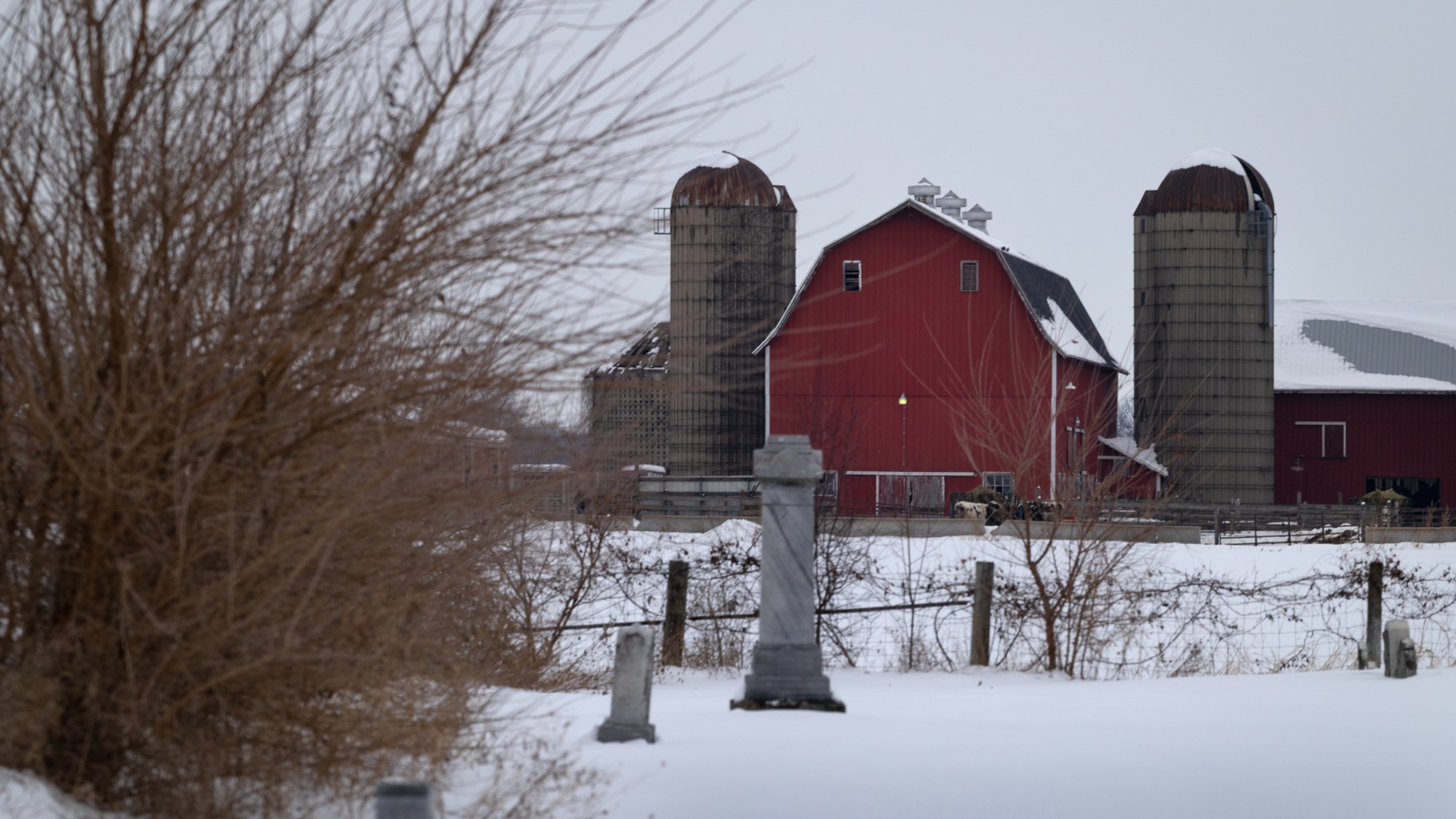 Will Trump’s $12 billion bailout solve the farm crisis?
Will Trump’s $12 billion bailout solve the farm crisis?Today’s Big Question Agriculture sector says it wants trade, not aid
-
 ‘City leaders must recognize its residents as part of its lifeblood’
‘City leaders must recognize its residents as part of its lifeblood’Instant Opinion Opinion, comment and editorials of the day
-
 10 upcoming albums to stream during the winter chill
10 upcoming albums to stream during the winter chillThe Week Recommends As the calendar turns to 2026, check out some new music from your favorite artists
-
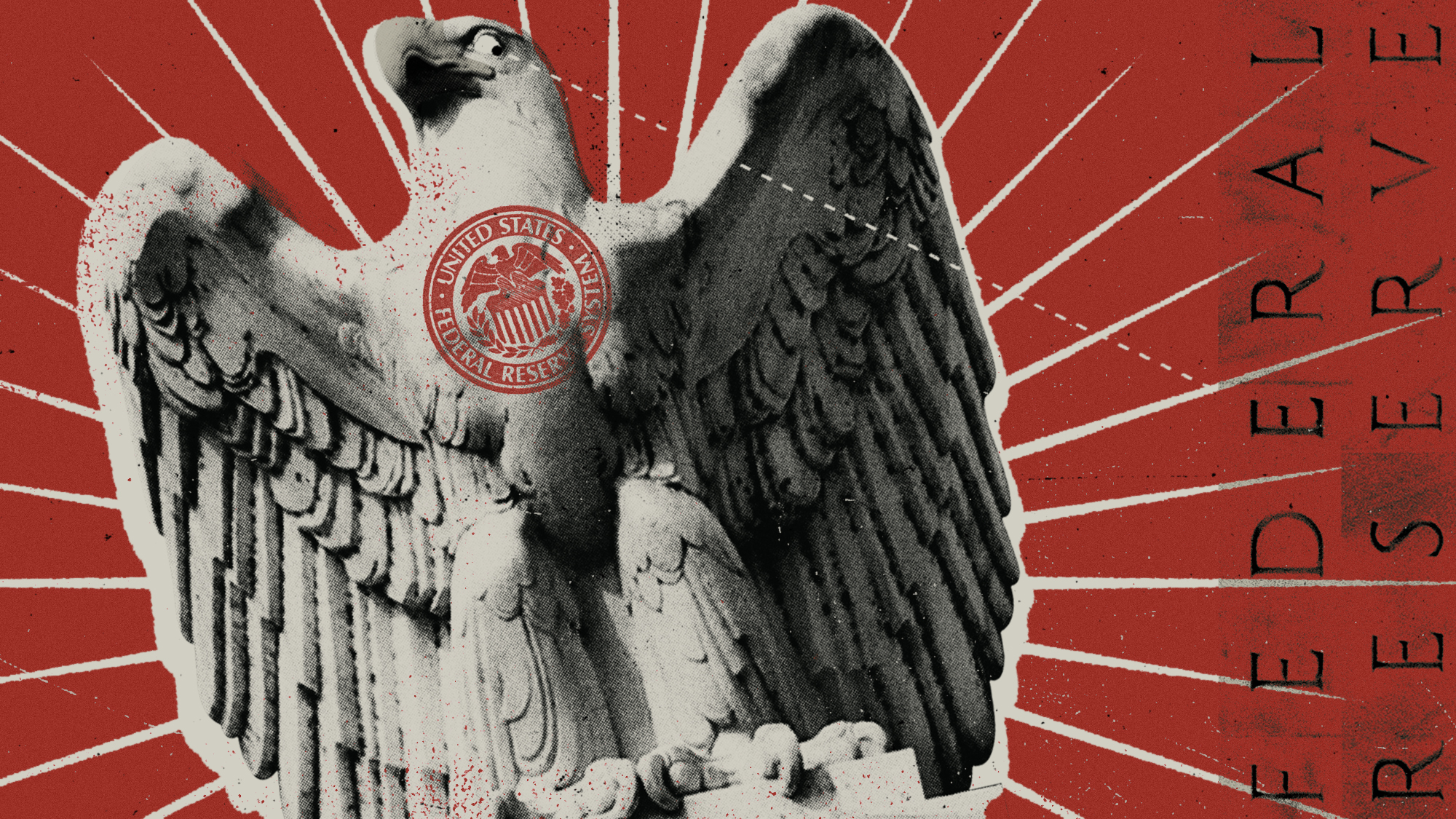 Who will be the next Fed chair?
Who will be the next Fed chair?Today's Big Question Kevin Hassett appears to be Trump’s pick
-
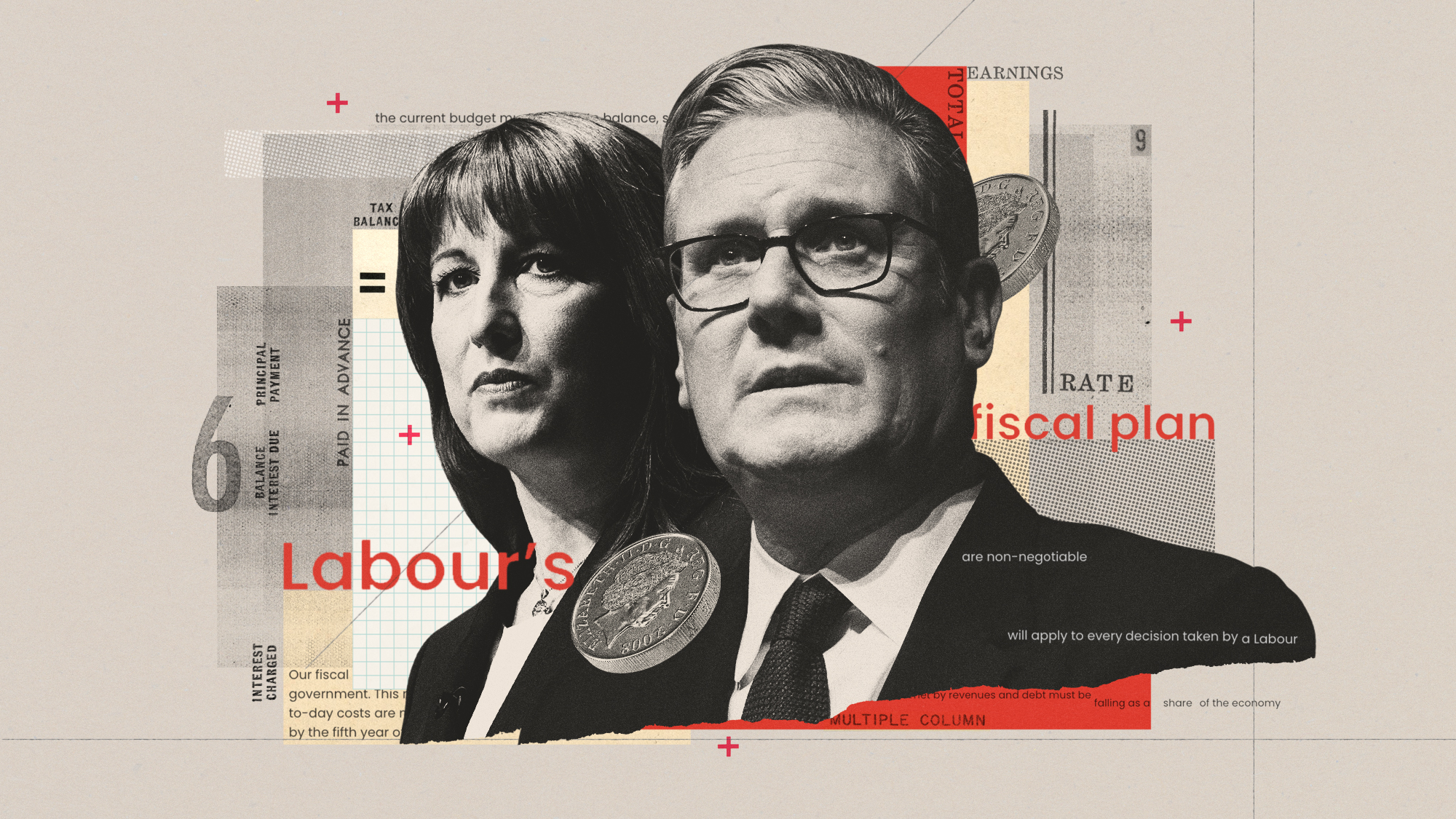 Should Labour break manifesto pledge and raise taxes?
Should Labour break manifesto pledge and raise taxes?Today's Big Question There are ‘powerful’ fiscal arguments for an income tax rise but it could mean ‘game over’ for the government
-
 What are stablecoins, and why is the government so interested in them?
What are stablecoins, and why is the government so interested in them?The Explainer With the government backing calls for the regulation of certain cryptocurrencies, are stablecoins the future?
-
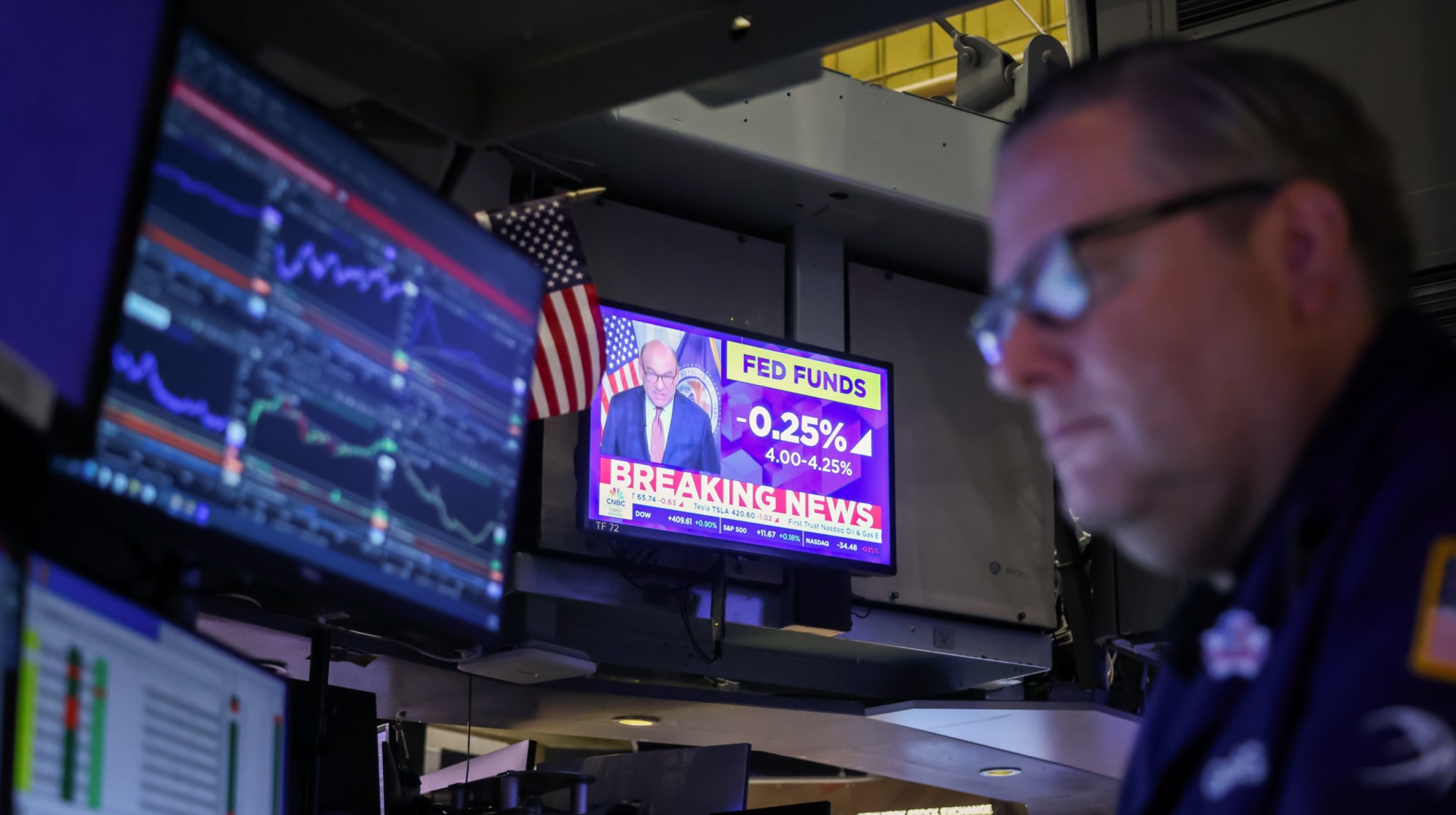 Fed cuts interest rates a quarter point
Fed cuts interest rates a quarter pointSpeed Read ‘The cut suggests a broader shift toward concern about cracks forming in the job market’
-
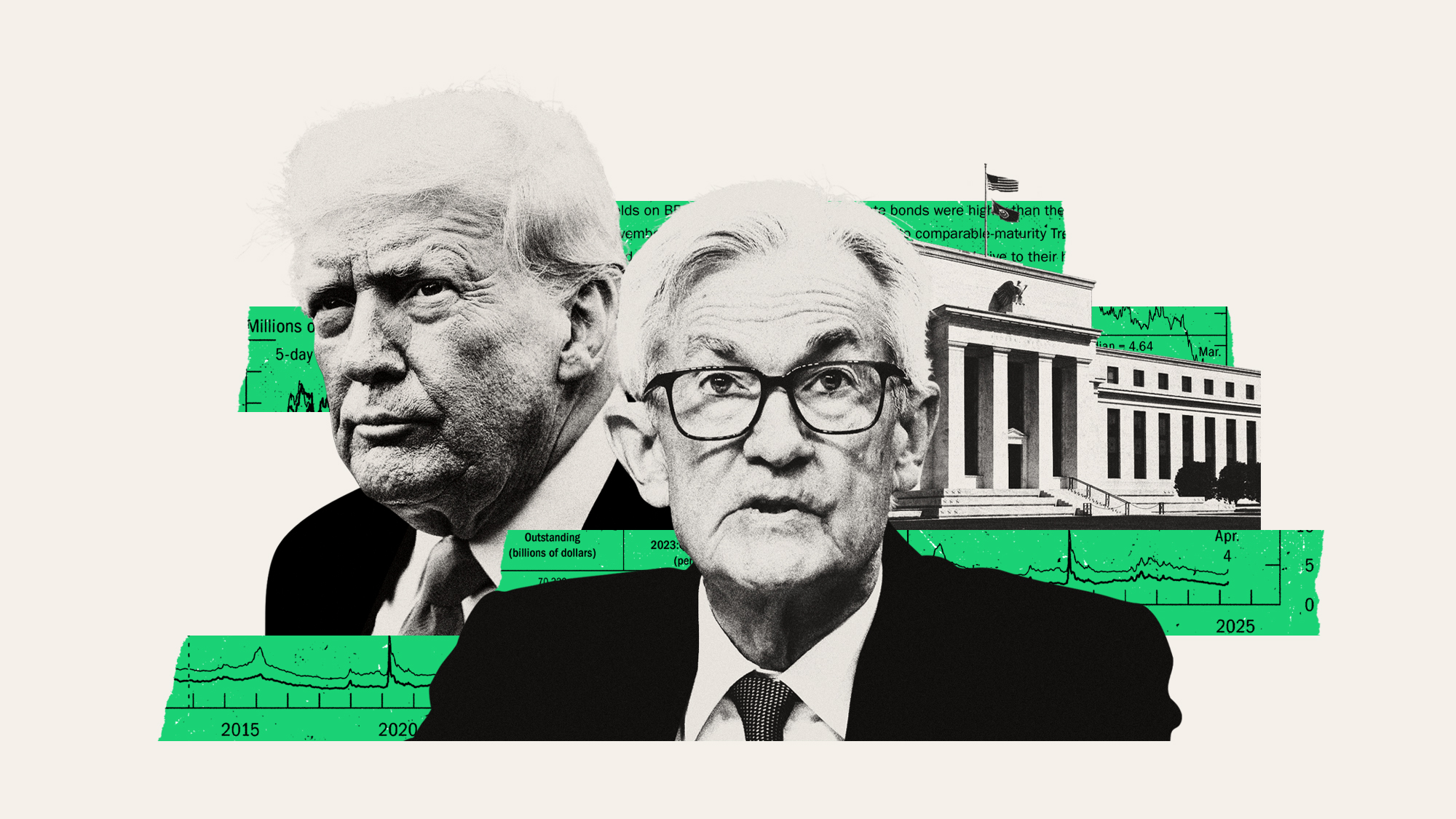 Trump's threats to fire Jerome Powell are unsettling the markets
Trump's threats to fire Jerome Powell are unsettling the marketsTalking Points Expect a 'period of volatility' if he follows through
-
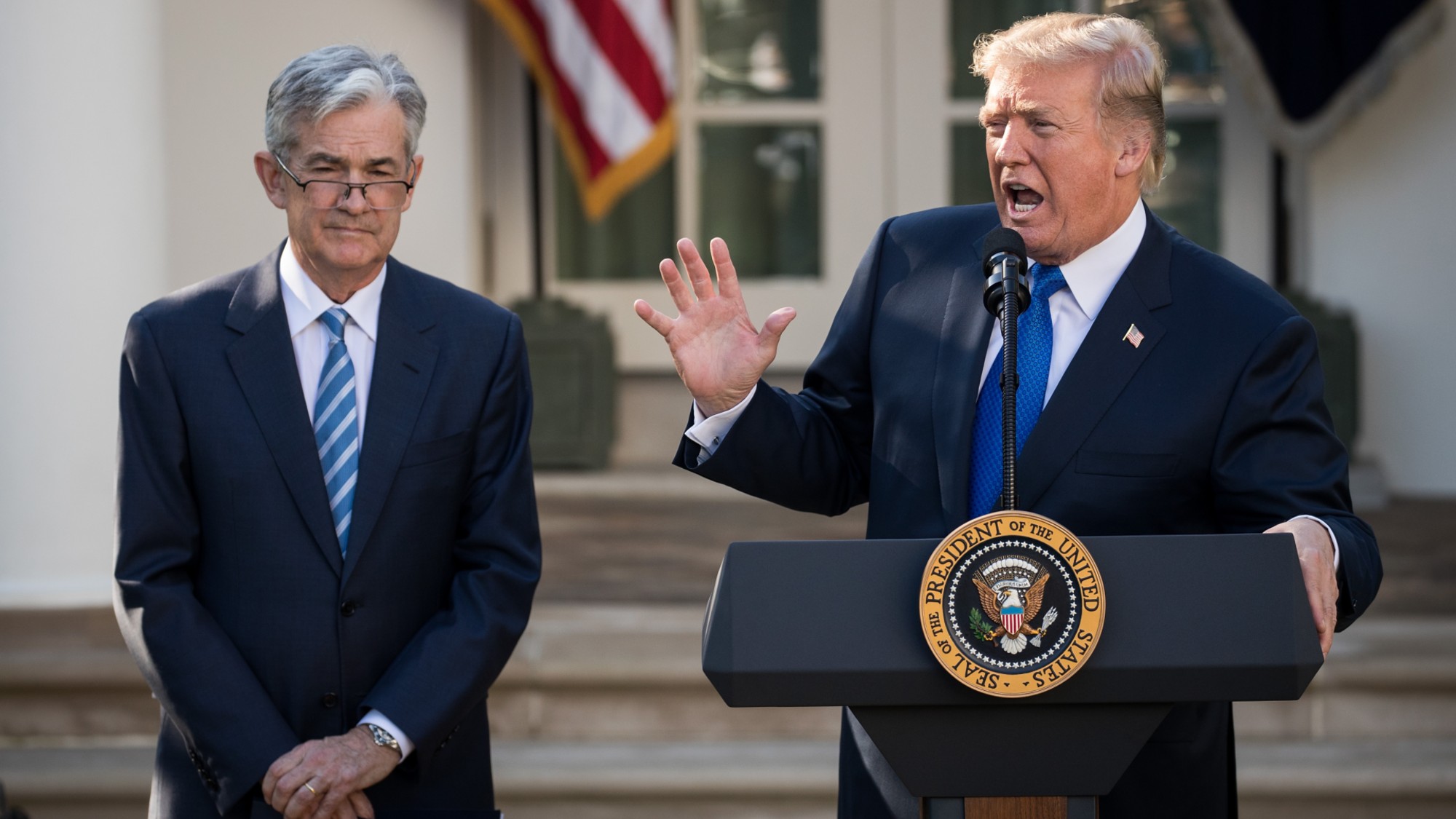 How will Wall Street react to the Trump-Powell showdown?
How will Wall Street react to the Trump-Powell showdown?Today's Big Question 'Market turmoil' seems likely
-
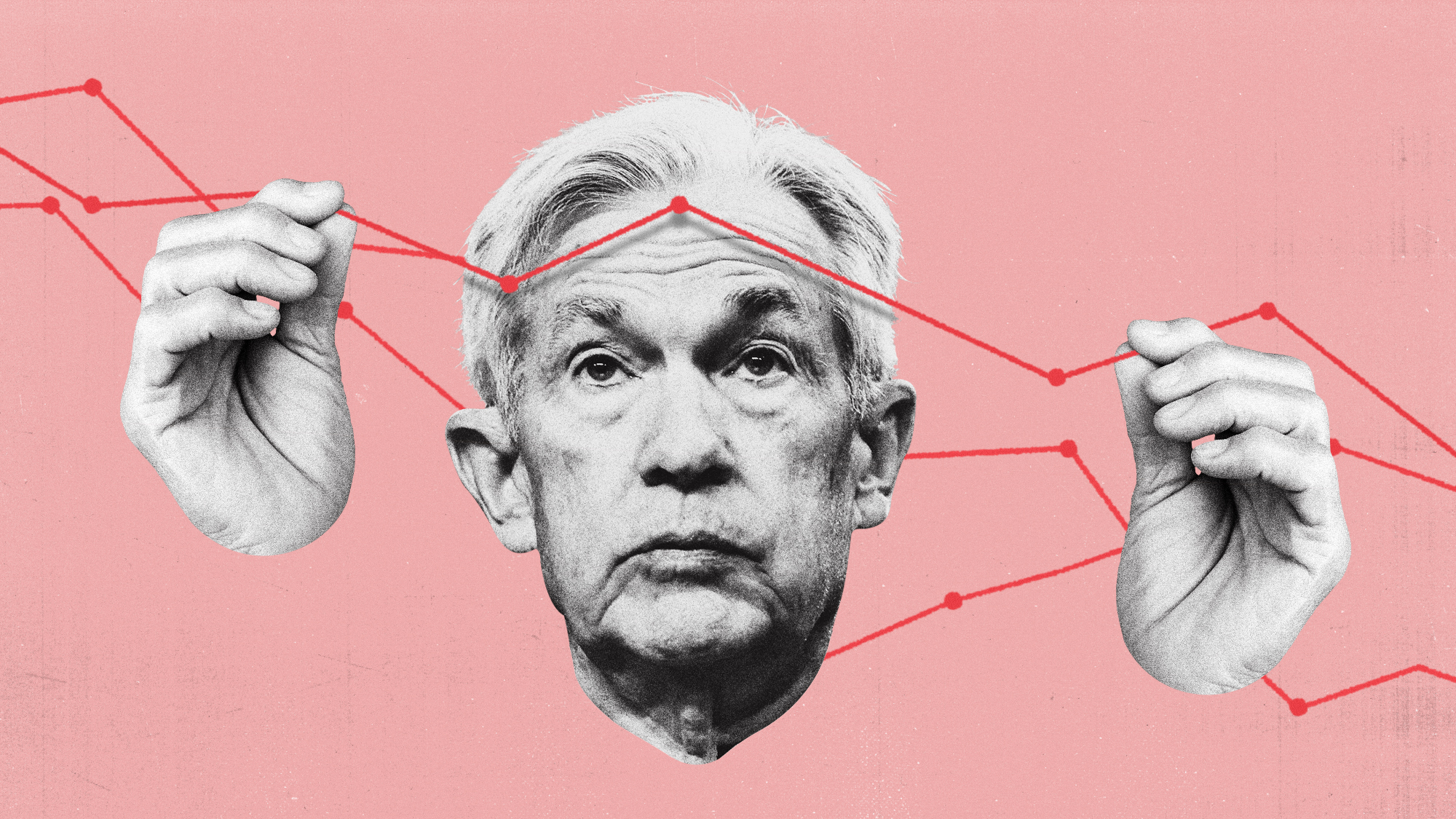 How will the Fed manage Trump's economy?
How will the Fed manage Trump's economy?Today's Big Question Jerome Powell is 'in a bind'
-
 Will Rachel Reeves have to raise taxes again?
Will Rachel Reeves have to raise taxes again?Today's Big Question Rising gilt yields and higher debt interest sound warning that Chancellor may miss her Budget borrowing targets